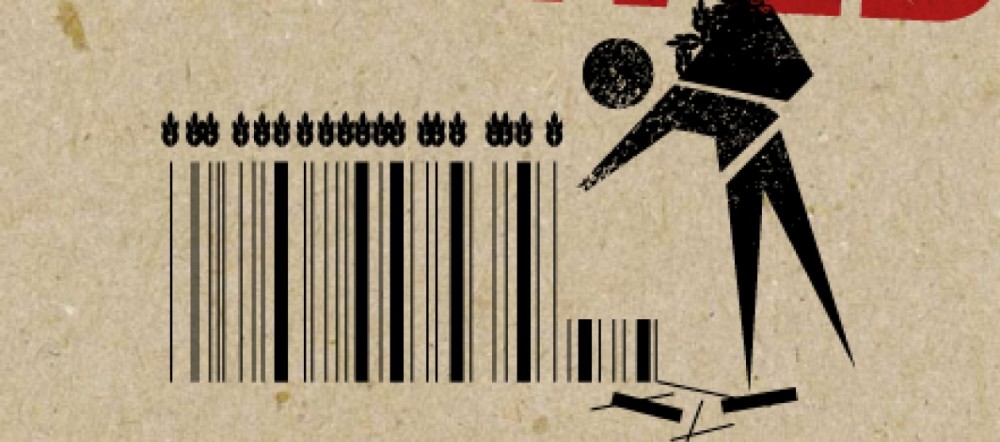ComAlt, Sarah Williams.
Seminar Reading Response Paper, wk 9.
Zoe Wright.
Tompkins selections of chapter 5, Newman chapters 9, 10, & 11.
“But while the Meerrick’s Thread card follows the logic of post-reconstruction racism by recasting black men as criminals, it also draws a clear parallel between eating, purchasing power, and racial power: the white figure has been immobilized by the (advertised) product in order to allow the two black men time to eat.” (Tompkins, 166)
“Also aiding the industry were three new food trends. First was the increase in U.S. consupmtion of traditional Asian soy foods. The Kikkkoman Corporation noticed in the 1950s and 1960s that Americans began eating more often in Asian restaurants. American military men who were part of the Japanese occupation after World War II and who served in Korea came back with a taste for Asian food.” (Newman, 144)
“Klee believes that restoring heirloom quality flavor to standard tomatoes would require a drop in the yield, meaning farmers would only be able to produce perhaps 90 percent of their current crop size. Prices on those tomatoes would also have to rise accordingly. The question is: Will these high-taste, high-quality, and inevitably higher-cost tomatoes sell? Klee, for one, believes they will. ‘Look at craft beers, or what’s happened with coffee, over the past couple of decades,’ he says.” (Handwerk, 2017)
Referenced Article: Brian Handwerk. (2017, January 26). The Quest to Return Tomatoes to Their Full-Flavored Glory | Science | Smithsonian. Retrieved March 3, 2017, from http://www.smithsonianmag.com/science-nature/geneticists-quest-return-tomatoes-full-flavored-glory-180961933/?utm_source=keywee-facebook.com&utm_medium=socialmedia&utm_campaign=keywee&kwp_0=327382&kwp_4=1259730&kwp_1=561794
I chose the lines from Tompkins because I liked the connection of this advertisement to the new form of slavery that sprung up, which was that of criminalizing black people and gaining forced labor from prisoners. I also like the dynamic mentioned about purchasing power, eating, and racial power. I found this dynamic in connection with the note of criminalized black men really rich and thought provoking. I don’t have any conclusions from this interaction, but the language and connections pleased me.
I am always interested in the way cultural trends are formed and how they in turn form other cultural phenomena. This is a really rich piece of writing because it mentions soldiers coming home with new tastes, which is an interesting thing in itself to study. This influenced the taste of the rest of the country and it became something that an industry capitalized on.
I chose these lines from the article about tomato flavor because I think we’ve spoken about flavor versus yield before, and because of the way that producers will not allow flavor to trump production.
Perhaps also mention the paragraphs on page 168 of Tompkins in Seminar, about the ‘famine’ ‘fame in’ dynamic having to do with conquering food and exploiting the foreign body while congratulating themselves on being humanitarian. That is something that I would more appreciate the space of seminar rather than the space of writing to discuss.

